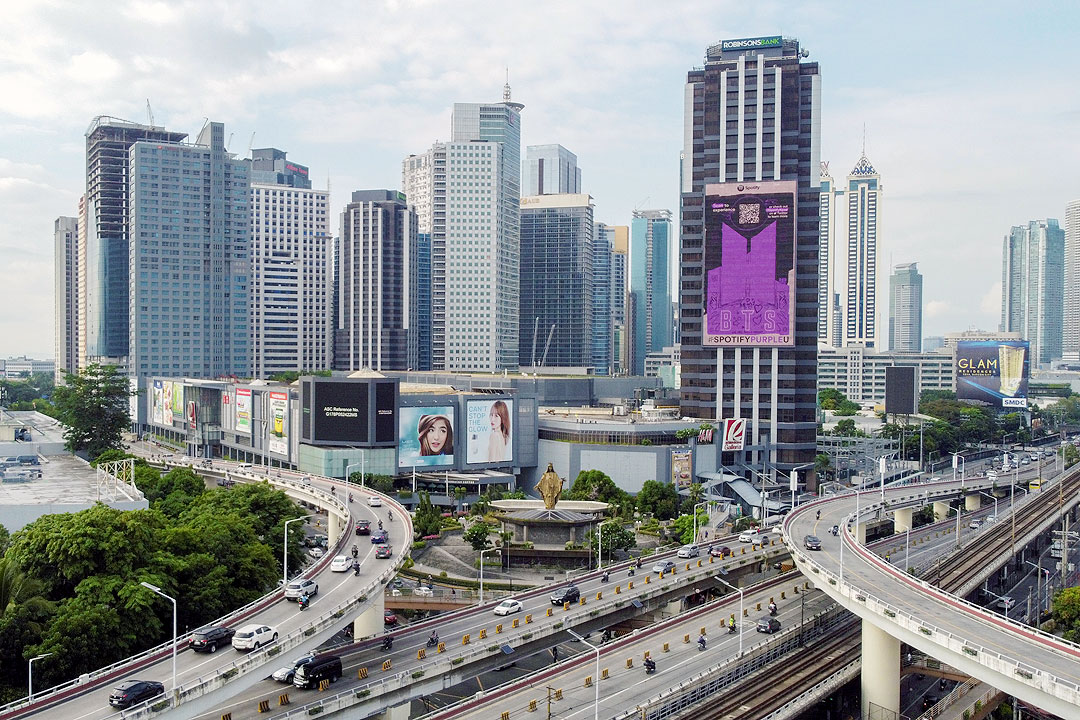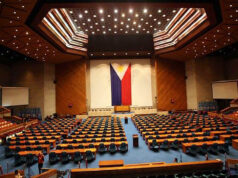BSP to hold steady on rates — poll

By Keisha B. Ta-asan, Reporter
THE BANGKO SENTRAL ng Pilipinas (BSP) is widely expected to keep benchmark interest rates steady at its meeting on Thursday, after inflation eased to a three-month low in October.
In a BusinessWorld poll of 18 analysts held last week, 15 analysts said they expect the Monetary Board to maintain the target reverse repurchase (RRP) rate at 6.5%, the highest in 16 years.
On the other hand, three economists said the Monetary Board may hike policy rates by 25 basis points (bps) to 6.75% at the Nov. 16 meeting amid stronger-than-expected gross domestic product (GDP) growth in the third quarter.
 HSBC Global Research economist for ASEAN Aris Dacanay said there is no “urgent” need for the BSP to tighten policy after its off-cycle 25-bp hike in October.
HSBC Global Research economist for ASEAN Aris Dacanay said there is no “urgent” need for the BSP to tighten policy after its off-cycle 25-bp hike in October.
“To the surprise of many including the BSP itself, headline inflation decelerated faster than expectations in October, which we think fortifies the decision to pause,” he said in an e-mail.
Headline inflation fell to a three-month low of 4.9% in October from 6.1% in September. It was significantly slower than the 5.7% median estimate in a BusinessWorld poll and the 5.1-5.9% forecast of the BSP.
However, October marked the 19th straight month that inflation breached the central bank’s 2-4% target. For the 10-month period, inflation averaged 6.4%.
“One of the main reasons behind the off-cycle hike last month was BSP’s concern over inflation expectation de-anchoring, and the October CPI print should take some edge off on the price front,” Makoto Tsuchiya, an economist from Oxford Economics, likewise said in an e-mail.
Security Bank Corp. Chief Economist Robert Dan J. Roces said the slowdown in October inflation gives the BSP some room to adopt a wait-and-see approach, “balancing the need to support economic growth while remaining vigilant about potential upside risks to inflation.”
HSBC’s Mr. Dacanay said there is no need to hike policy rates to support the peso, as it has strengthened significantly against the dollar after the US Federal Reserve’s pause.
The US central bank kept borrowing costs unchanged at 5.25-5.5% for the second straight time earlier this month. This was after it hiked policy rates by 525 bps from March 2022 to July 2023.
The local unit closed at P55.96 per dollar on Friday, weakening by seven centavos from its P55.89 finish previously. Week on week, the peso gained 14 centavos from its P56.10 close on Nov. 3.
“Unless new supply shocks emerge, we believe domestic interest rates are restrictive enough given the general downtrend in fixed capital formation growth,” Philippine National Bank economist Alvin Joseph A. Arogo said in an e-mail.
“Therefore, we do not see the need for additional hikes, albeit the current policy rate level should be maintained for a long period,” he said.
The Philippine economy grew by 5.9% in the third quarter, faster than 4.3% in the second quarter but slower than 7.7% a year ago.
“Third-quarter GDP growth, while better than expected, still fell short of the government’s target even as we have yet to feel the full impact of the BSP’s previous rate hikes,” China Banking Corp. Chief Economist Domini S. Velasquez said.
Year to date, GDP averaged 5.5%, still below the government’s 6-7% full-year target. The economy would need to grow by 7.2% in the fourth quarter in order to achieve the lower end of the government’s goal.
“The third-quarter GDP shows that private investments are already mildly contracting so that’s directly influenced by interest rates,” Sun Life Financial economist Patrick M. Ella said in an e-mail.
In the third quarter, gross capital formation, which is the investment component of the economy, contracted by 1.6%. This was a reversal of the 18.2% expansion a year ago and 0.3% in the second quarter.
Meanwhile, Nalin Chutchotitham, an economist for the Philippines from Citigroup, Inc., said the BSP may hike its policy rate by 25 bps at this week’s meeting.
“While October inflation has surprised on the downside, one month of decline may not give the BSP enough comfort when the third-quarter GDP outturn was much more robust than the BSP’s forecast (4.5%),” she said.
The BSP’s inflation forecast for 2024 was at 4.7% before the release of the October data.
“This suggests there remains a significant risk that inflation could overshoot target for the third consecutive year, despite BSP’s rate hike on Oct. 26,” Ms. Chutchotitham said.
However, Ms. Velasquez said upside risks to inflation remain on the supply side and could be addressed with nonmonetary interventions.
“Most of the supply-side shocks to inflation experienced in August and September did not seem to escalate to second-order effects as previously feared,” she said.
Nicholas Antonio T. Mapa, senior economist at ING Bank N.V. Manila, said the GDP data and elevated inflation forecasts for 2024 may lead to two more rate hikes before yearend.
“We expect BSP to hike next week at the Nov. 16 meeting before raising rates to 7% at the December meeting with BSP predicting 2024 inflation will average 4.7% year on year,” he said.
RATE CUTS IN 2024?
Mr. Dacanay said that if the BSP will pause this week, the tone would still likely be hawkish given that inflation has been above the 2-4% target for 19 straight months.
For Mr. Tsuchiya, the BSP will likely start cutting rates in the second quarter of next year, but future policy decisions of the US Federal Reserve and heightened inflation volatility may keep the Monetary Board more cautious.
“With the current outlook suggesting that inflationary pressures could be moderating, it appears reasonable to predict that the BSP might commence policy easing by the second half of 2024, assuming the economic conditions continue to stabilize, and inflation remains contained,” Mr. Roces said.
Union Bank of the Philippines, Inc. Chief Economist Ruben Carlo O. Asuncion said it make take time for inflation to go back to 2-4% target range so the BSP may start rate cuts by the middle of or the third quarter of 2024.
“Until then, we wait for more data,” he said.
Meanwhile, Mr. Arogo said headline inflation may remain above 4% until the third quarter of 2024, which may indicate that the Monetary Board will only cut borrowing costs in the fourth quarter next year.
After Thursday’s meeting, the BSP will have its last policy review this year on Dec. 14.



